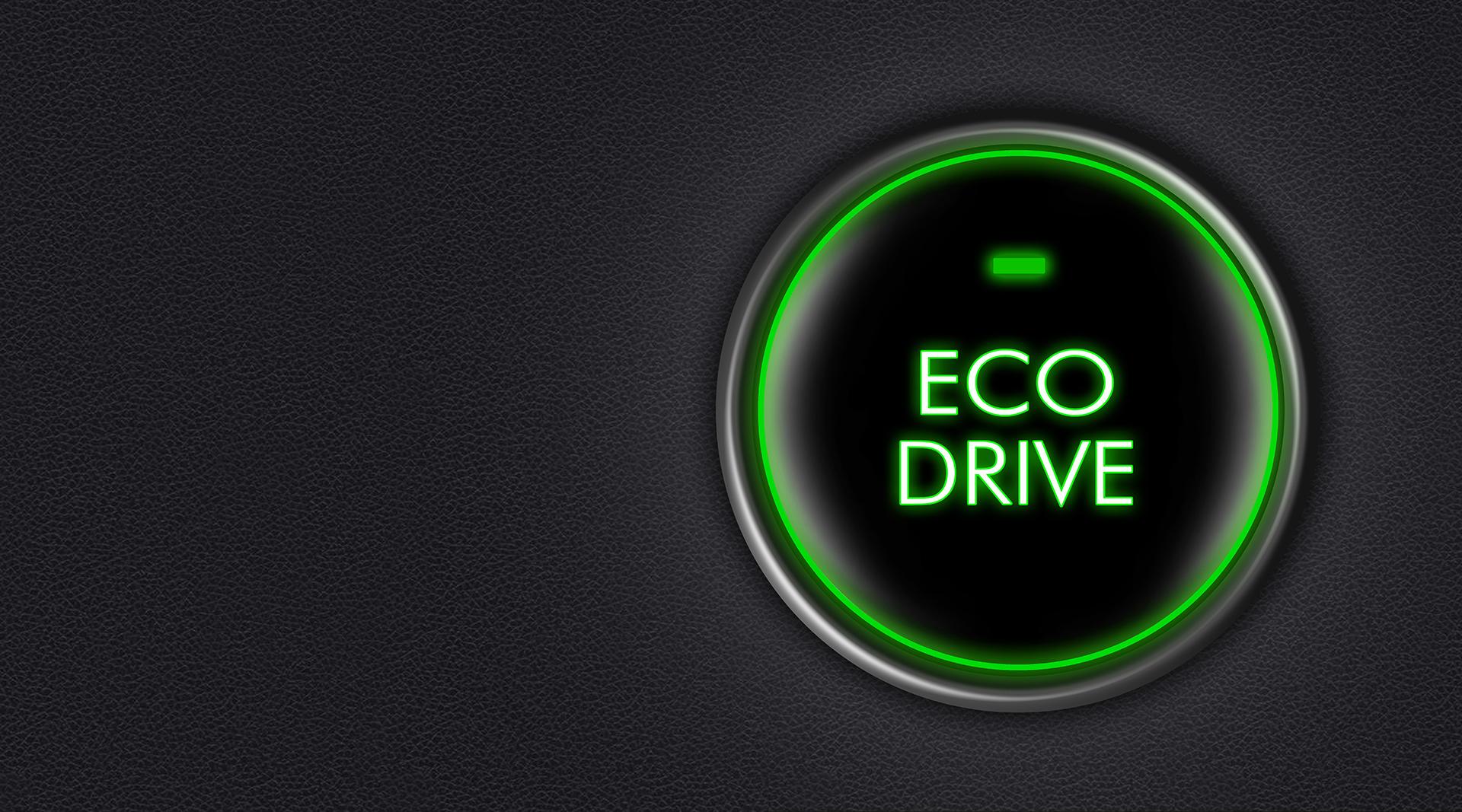Engine braking is a technique used to slow down a vehicle by downshifting through the gears, rather than relying solely on the brake pedal. When the throttle is released and the vehicle is in gear, the engine’s resistance helps slow the vehicle down. This occurs because the closed throttle valve restricts the air flow into the engine, creating a vacuum that resists the movement of the pistons and, consequently, the wheels. Here are some key points about engine braking:
How Engine Braking Works
- Throttle Closure: When you take your foot off the accelerator, the throttle valve closes, reducing the amount of air entering the engine.
- Vacuum Creation: The closed throttle valve creates a vacuum in the intake manifold, increasing resistance against the pistons’ movement.
- Deceleration: This resistance slows the engine down, which in turn slows the wheels, effectively decelerating the vehicle without using the brake pedal.
Benefits of Engine Braking
- Reduced Brake Wear: Using the engine to slow down the vehicle reduces the reliance on the brake system, leading to less wear and tear on brake components.
- Improved Control: Engine braking provides better control over the vehicle, especially on downhill slopes where continuous brake usage can lead to overheating.
- Fuel Efficiency: In modern vehicles, engine braking can actually save fuel. When the throttle is closed, many modern fuel injection systems cut off fuel supply to the engine, resulting in zero fuel consumption during engine braking.
- Safety: Engine braking can provide a smoother and more controlled deceleration, which is particularly useful in slippery conditions where excessive brake use can lead to skidding.
When to Use Engine Braking
- Downhill Driving: Engine braking is particularly useful when driving downhill, as it helps maintain a steady speed without overheating the brakes.
- Approaching Stops: It can be used when approaching a stop sign or traffic light to gradually reduce speed.
- Slowing Down Gradually: When you need to slow down gradually rather than abruptly, engine braking can be a smoother alternative to applying the brakes.
How to Perform Engine Braking
- Manual Transmission: Downshift to a lower gear as you release the accelerator. Each downshift increases the engine’s resistance, helping to slow the vehicle.
- Automatic Transmission: Some automatic cars have a manual mode or a “low gear” setting. Shifting to these modes can simulate engine braking by keeping the car in a lower gear.
Tips for Effective Engine Braking
- Smooth Downshifts: Ensure smooth and timely downshifts to avoid jerky transitions.
- Monitor RPMs: Avoid over-revving the engine by ensuring RPMs remain within a safe range during downshifts.
- Combine with Brakes: Use engine braking in conjunction with your brake pedal, especially if you need to stop quickly or in emergency situations.
Conclusion
Engine braking is a valuable technique that can enhance vehicle control, improve safety, and reduce brake wear. By understanding and effectively utilizing engine braking, drivers can achieve smoother and more efficient driving.

